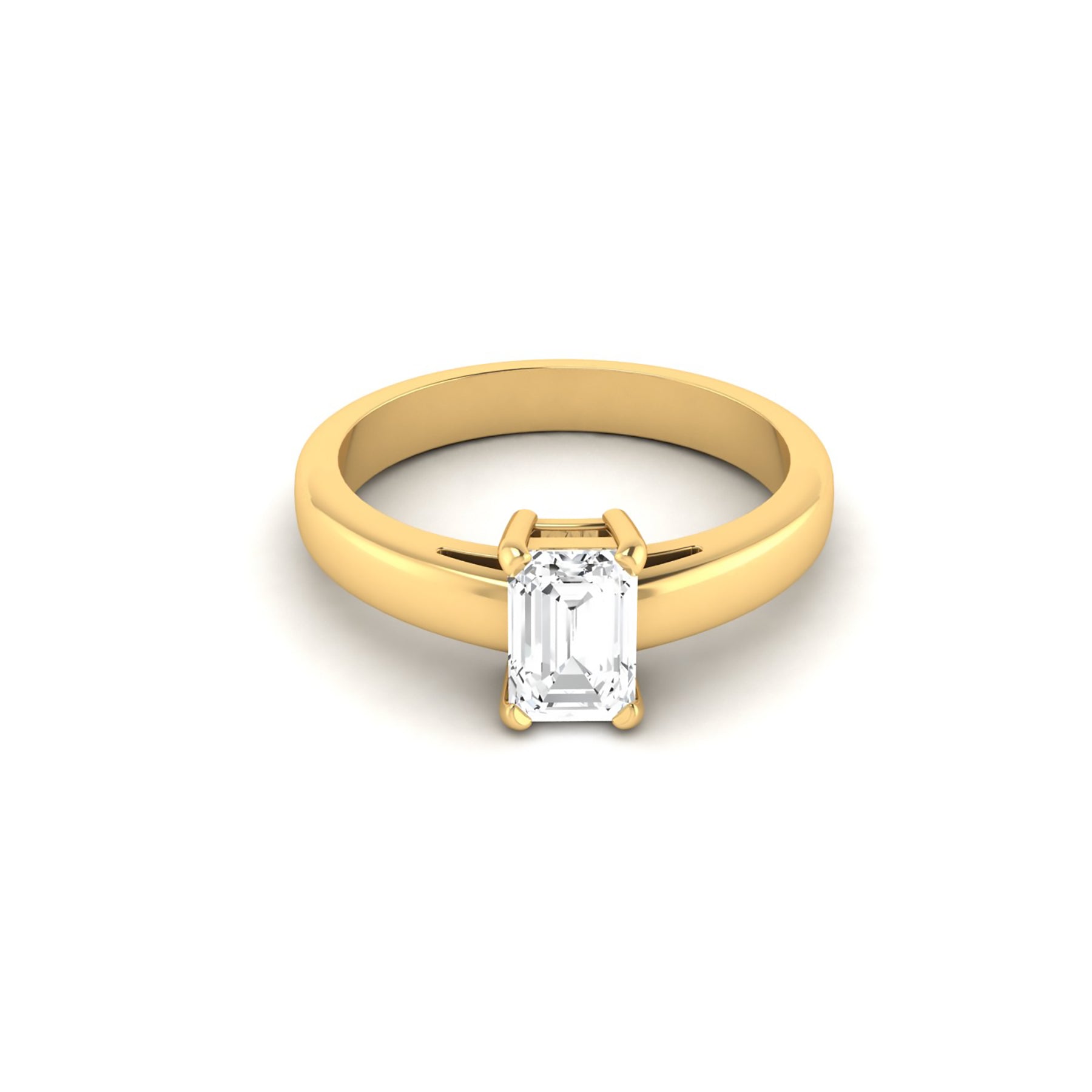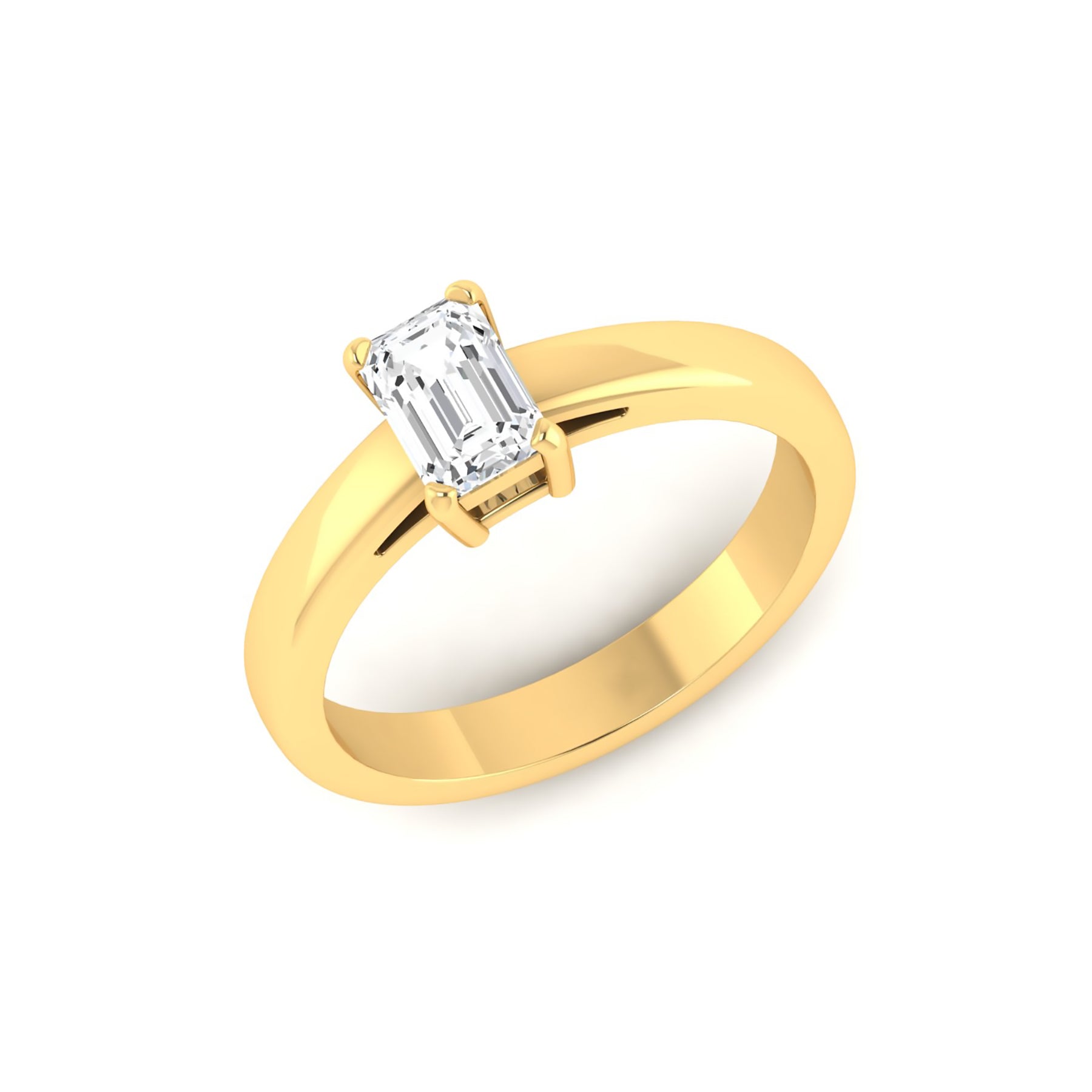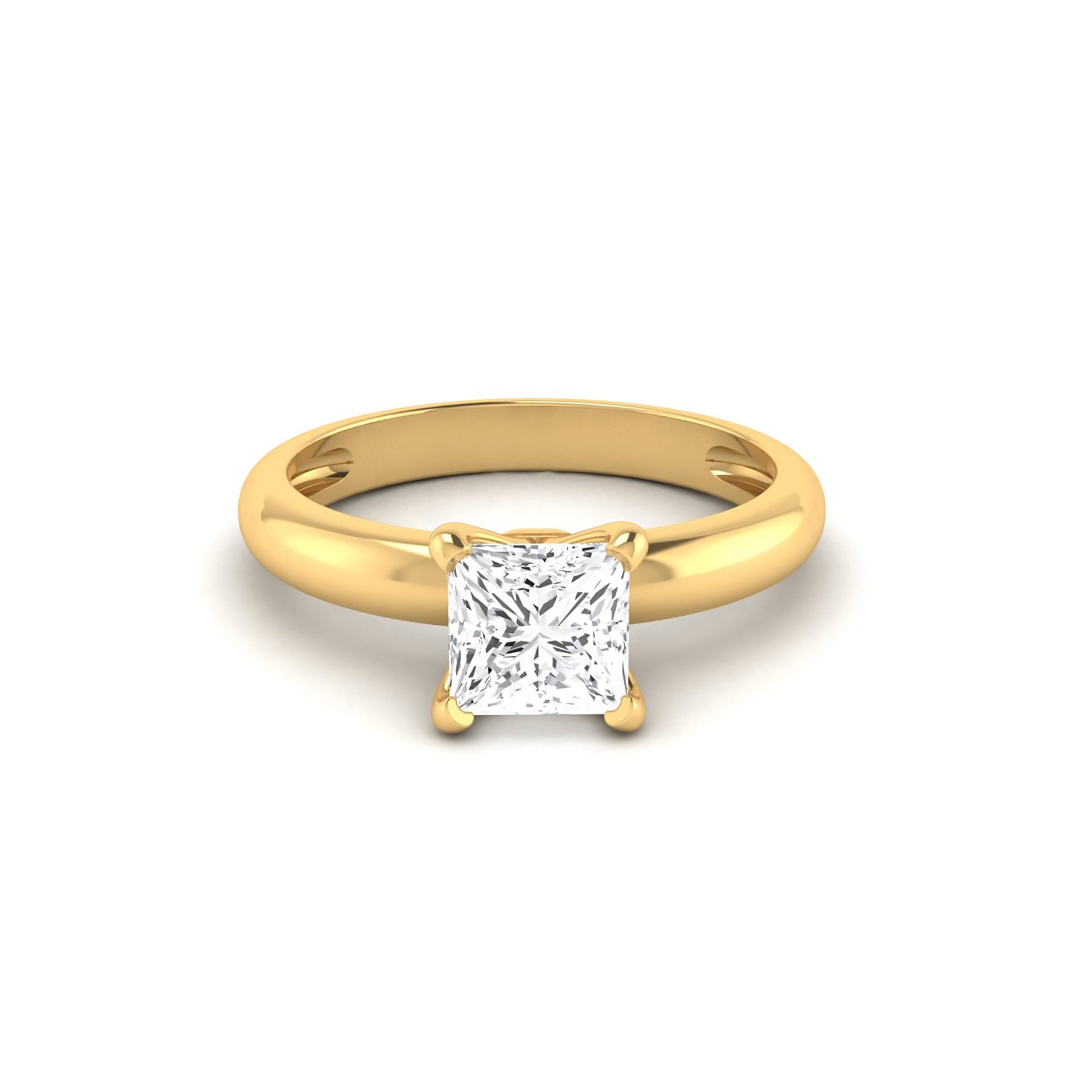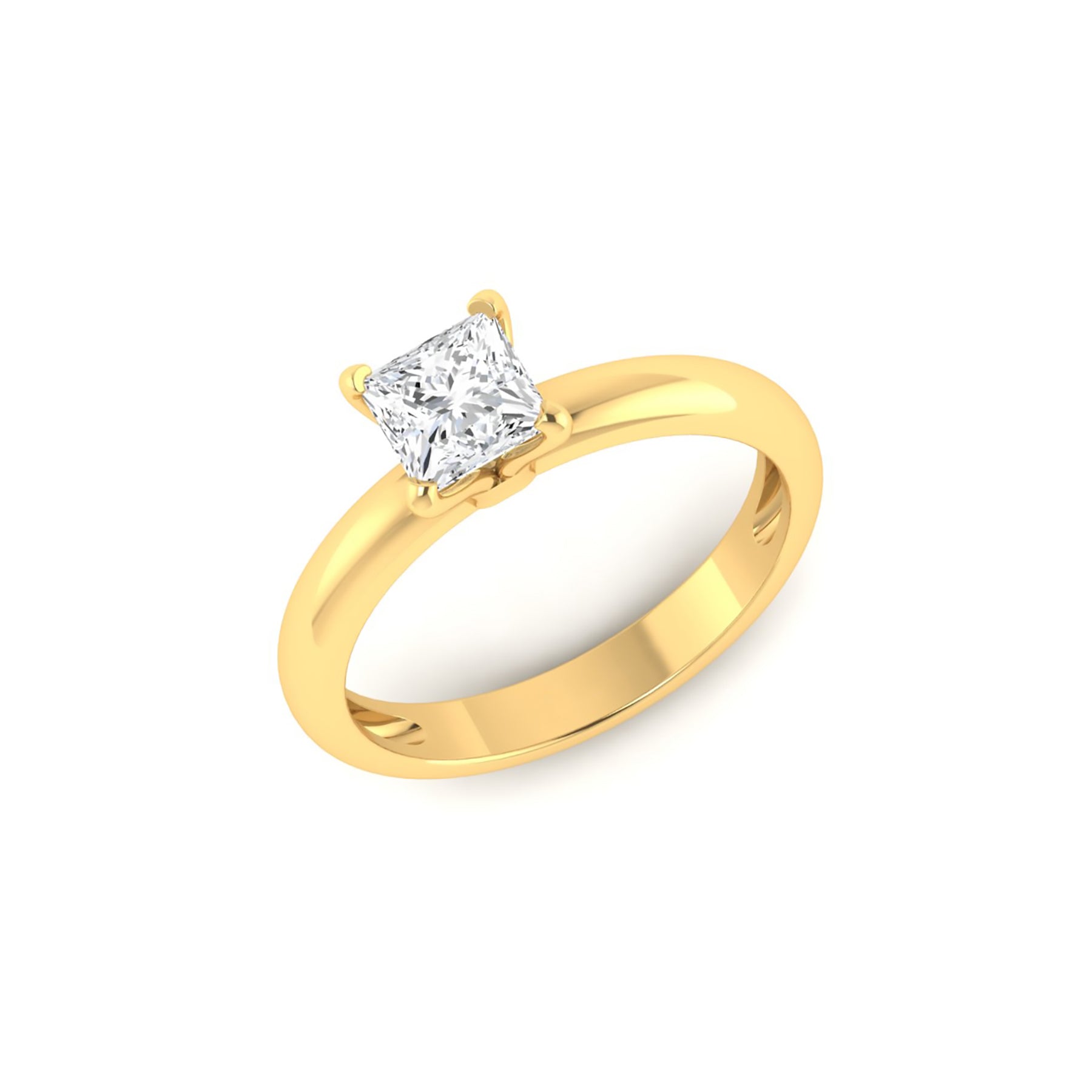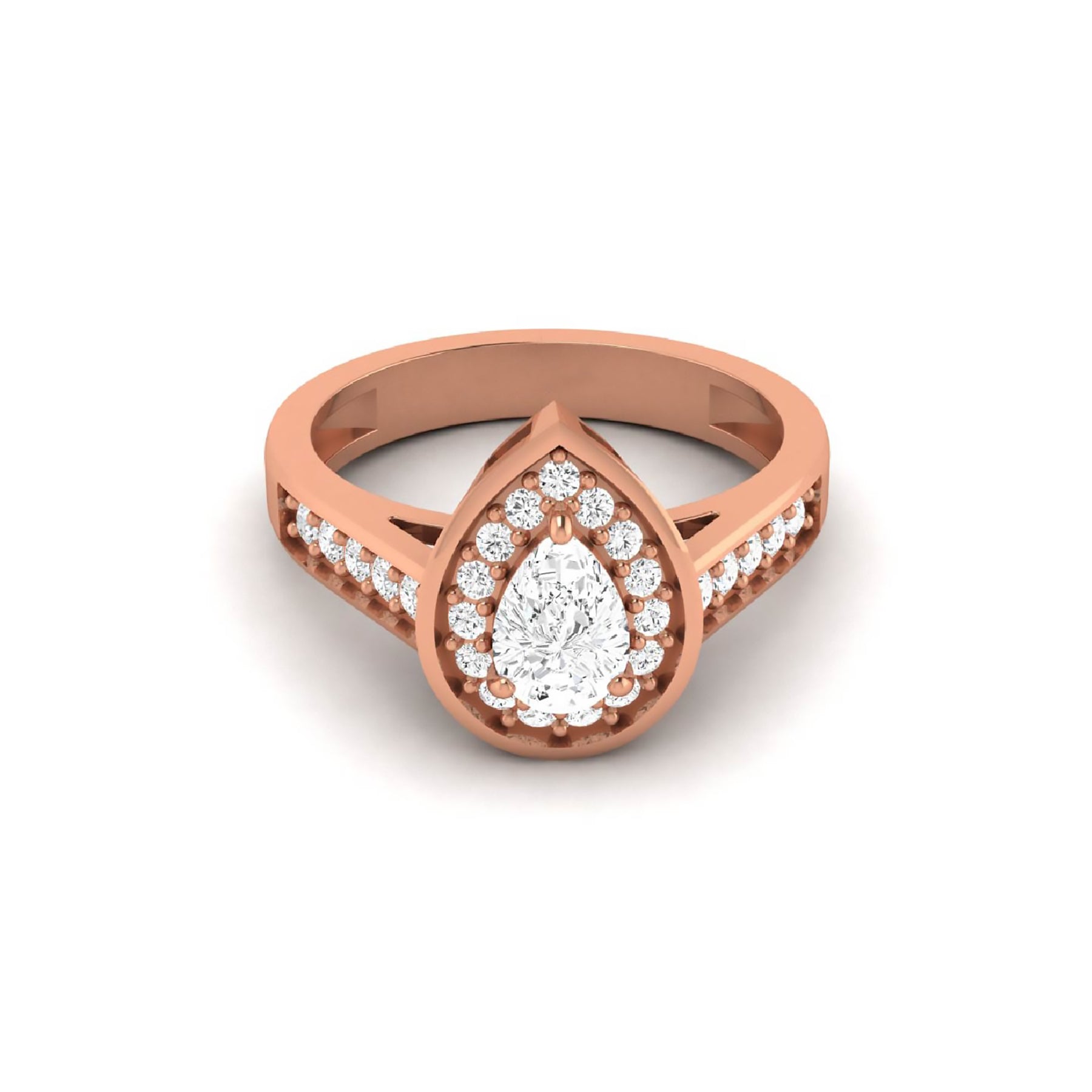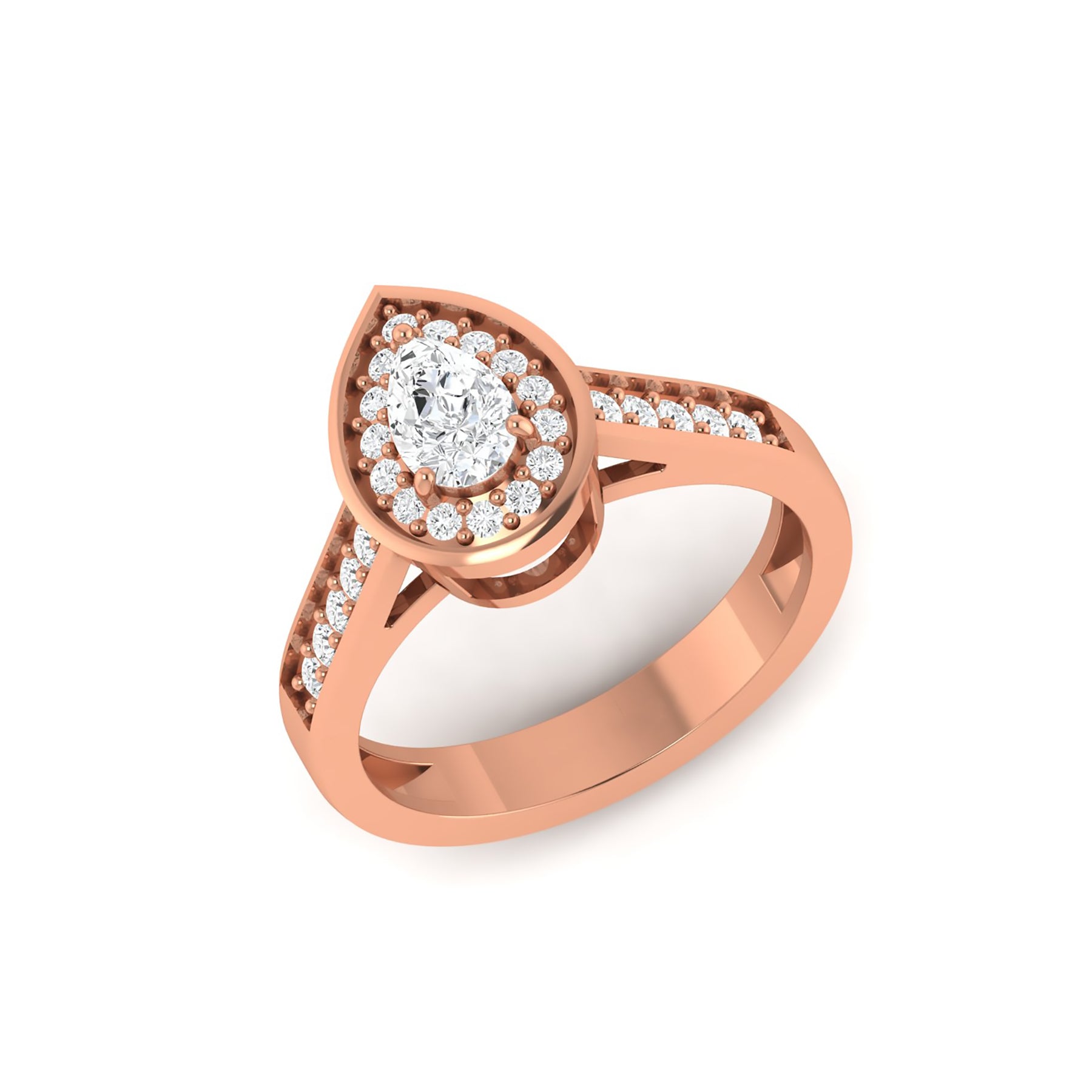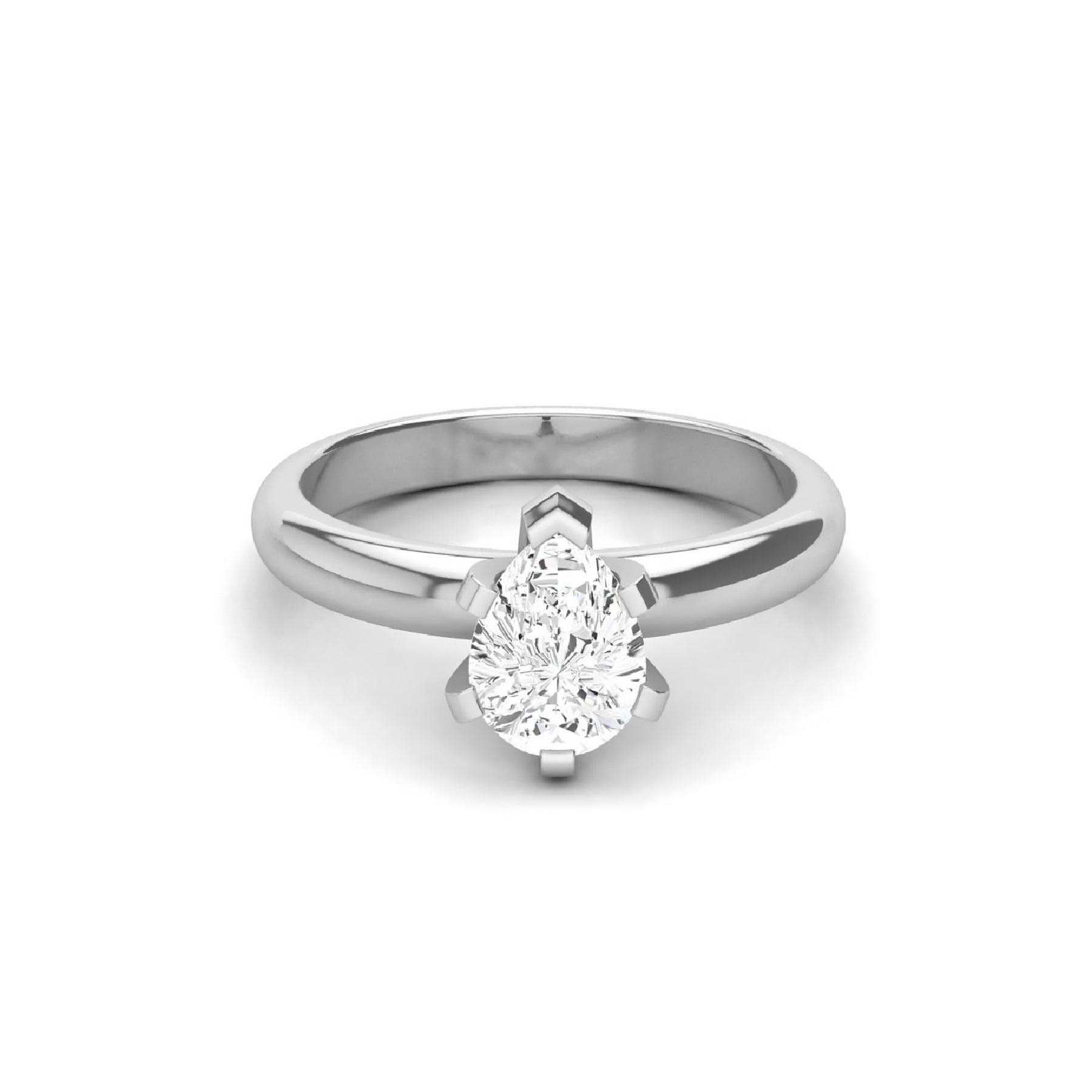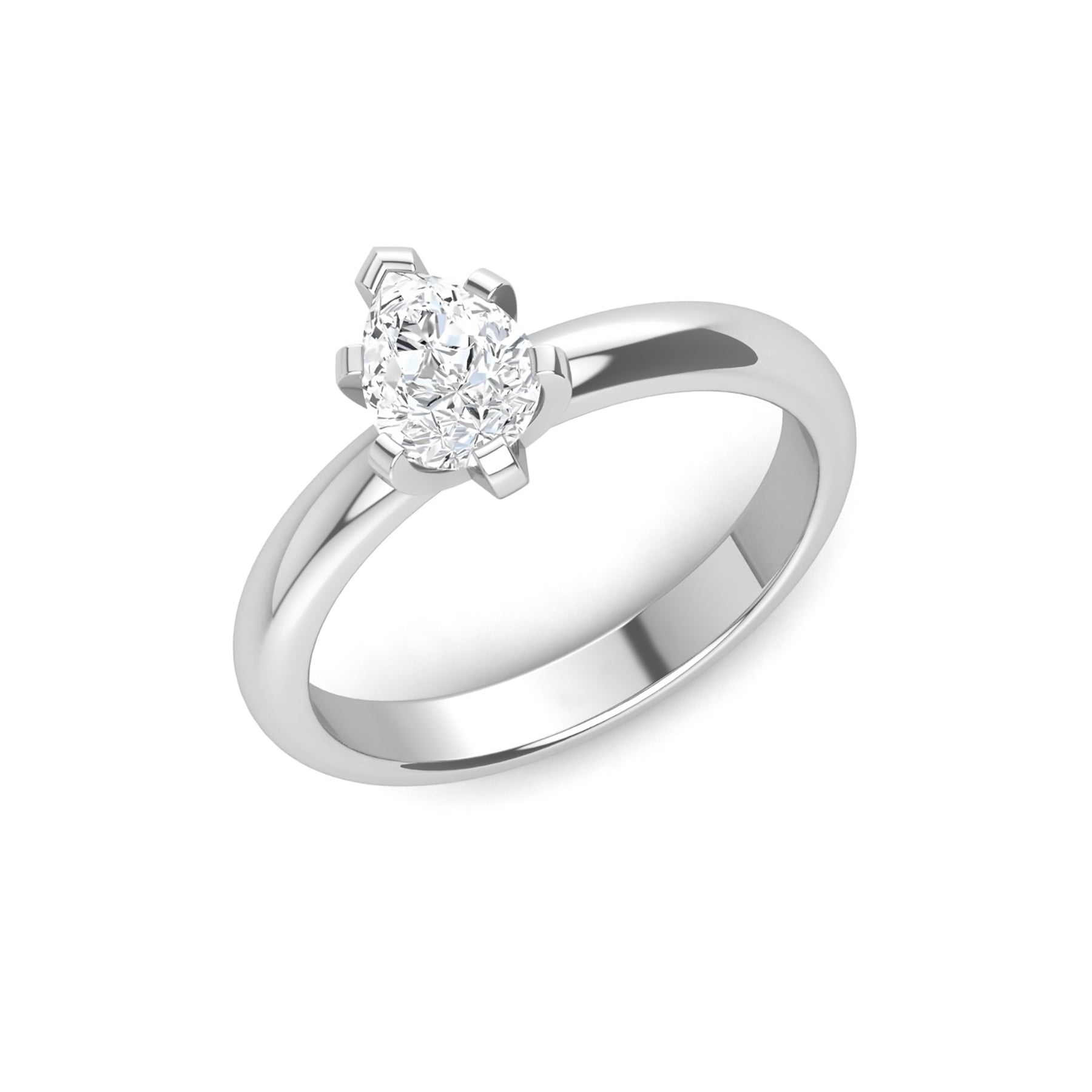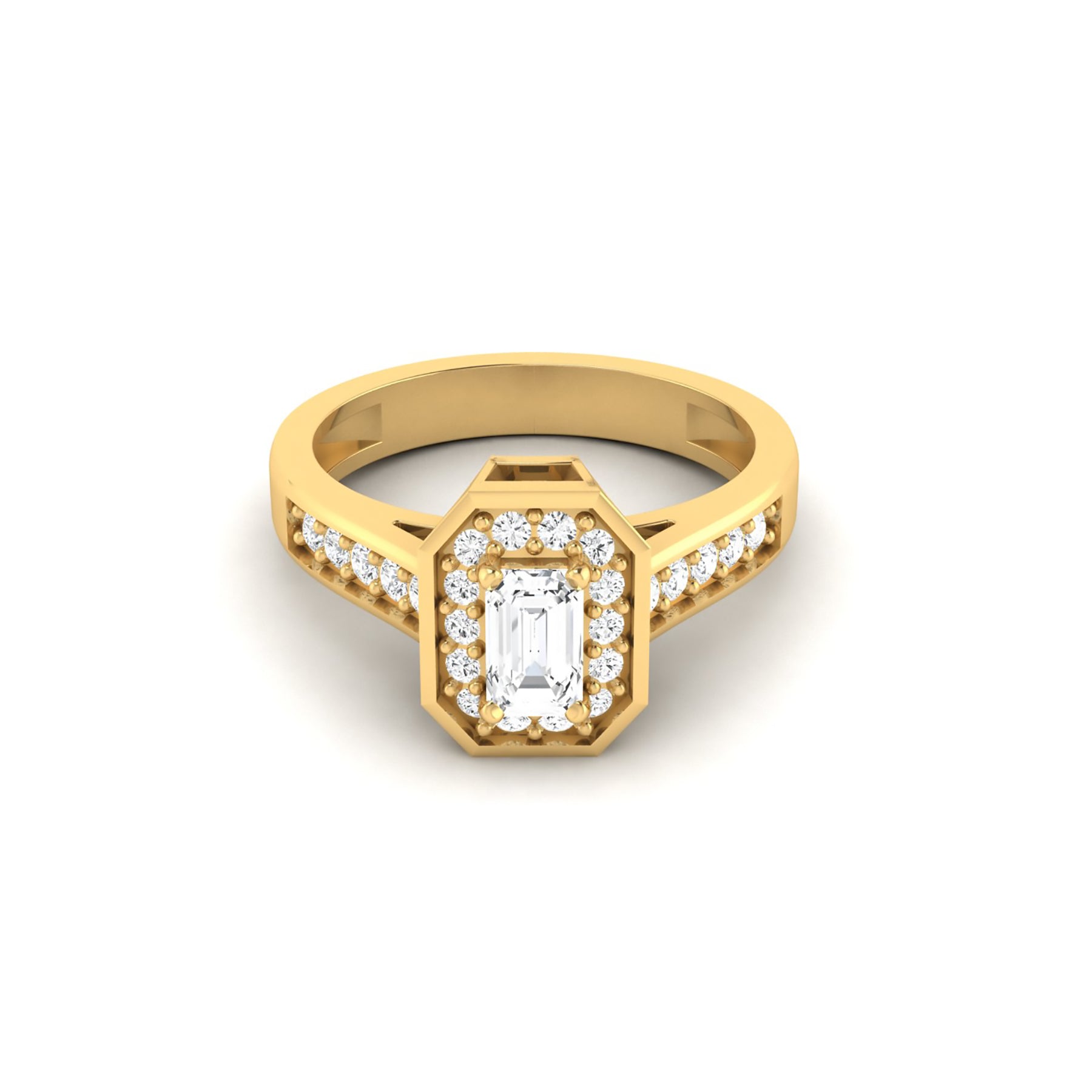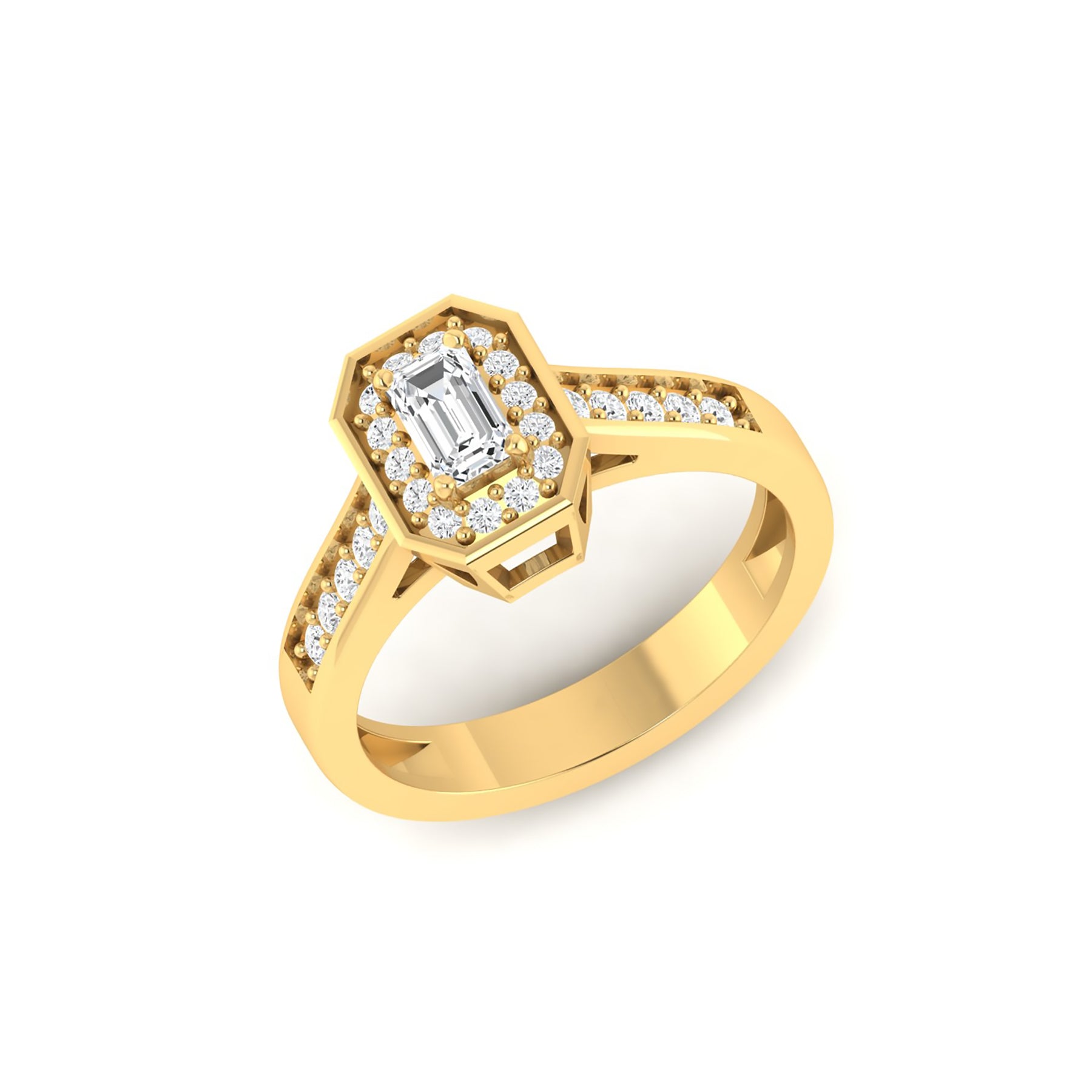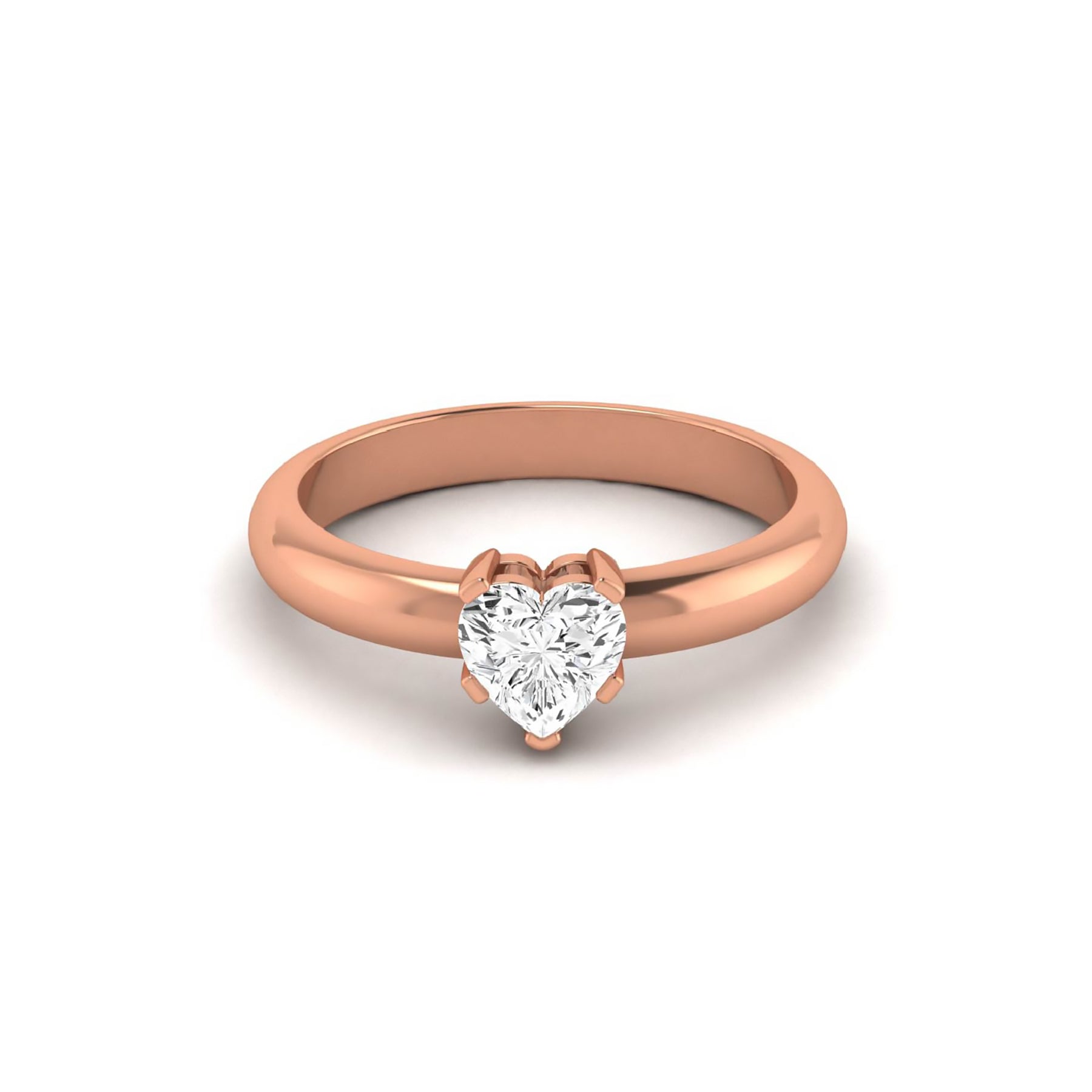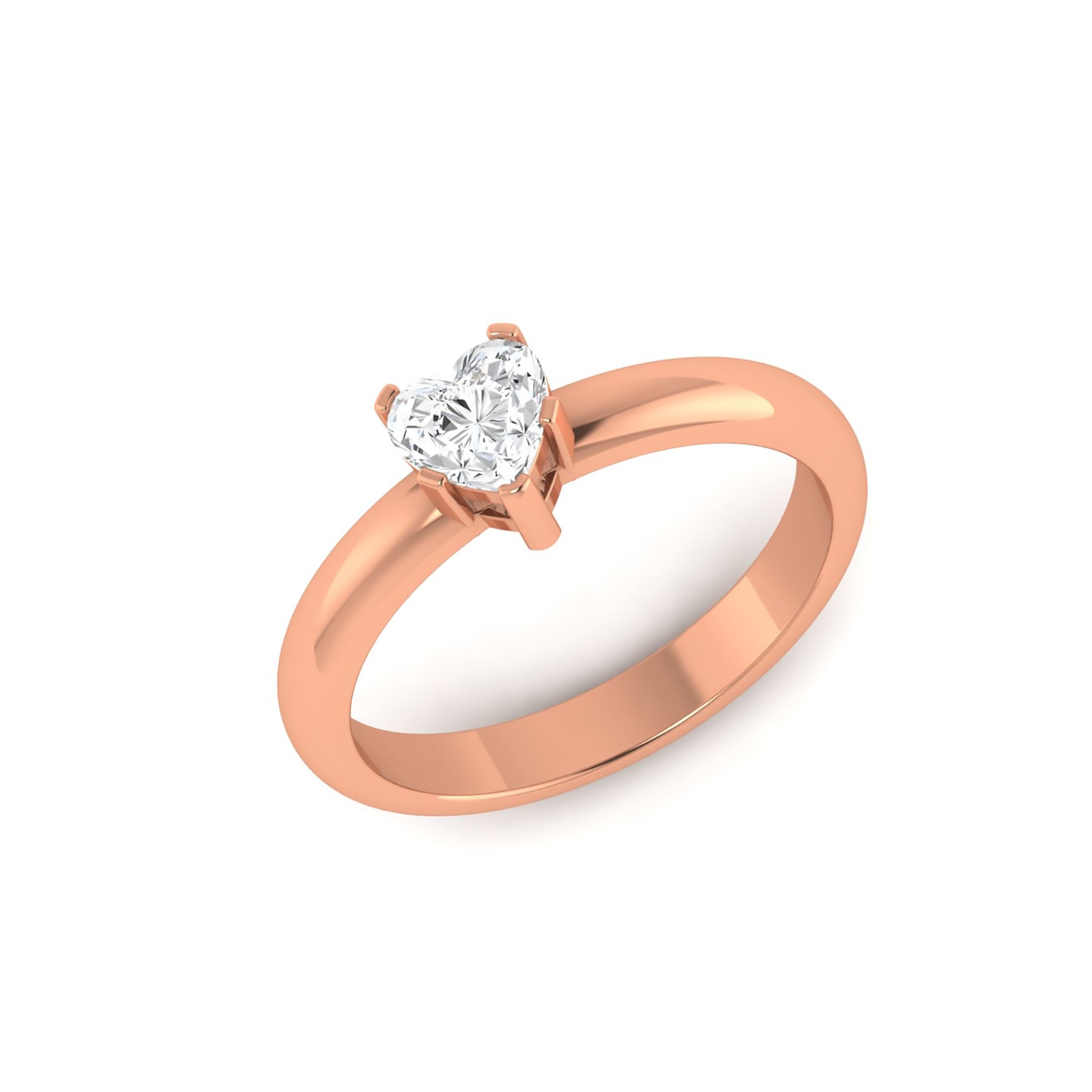The importance of diamond setting is the same as the importance of choosing jewellery stone. Because the type of diamond setting is not only about how you style your engagement ring or jewellery; it’s about the durability, appearance, and security of the diamond. The variety of diamond setting types is available and each has its unique advantages and aesthetics.
In this blog, we will guide you through all the different types of diamond settings, their actual advantages and disadvantages, and help you to select the best setting for your ring or any other jewellery.
Let’s begin!!
What Are Diamond Settings?
Before learning more about diamond setting types, you need to understand about meaning of the diamond setting. In simple terms, a diamond setting is a way of securely placing a diamond into the ring or jewellery.
Types of Diamond Settings: Overview
Actually, when we consider types of diamond settings there are many options available in the market. Each type is worthy and best with its characteristics and due to different properties, it is important to understand how they differ. Here we are going to breakdown the most popular and preferred diamond setting types, focusing on their characteristics, benefits, and considerations.
1. Prong Setting
The prong setting is among the most popular types of diamond settings. To secure diamonds safely, it is held in metal claws (or prongs). Prongs are mostly created from popular metals such as gold, platinum, or silver. As the diamond is placed by prongs it gets more light and the stone enhances its brilliance and sparkle on the next level.

Alt Text: Prong Setting
Pros
-
Highest light exposure that brightens the diamond’s sparkle.
-
An all-time favorite classic and timeless design.
-
Diamond can be set at the focal point.
Cons
Overall, the prong setting is best for those who want to showcase their diamond with little interference from the setting.
2. Bezel Setting
When we talk about safe diamond settings, the bezel setting is the most secure one. This setting has a metal rim cover all around the diamond. This bezel setting holds the diamond hard and tight in place which results in a high protection against damage.

Alt text: Bezel Setting
Pros
-
Offers the best protection for the diamond, especially for those who are highly active in work.
-
The brilliance and appearance are sleek and modern.
-
Best for those who love contemporary style.
Cons
Those who live an active lifestyle or choose a more understated elegant look, the bezel setting is best for them.
3. Solitaire Setting
Simple and elegant are the two perfect words for describing the solitaire setting, a single diamond mount on a band. This setting exactly places a diamond in the spotlight which makes it perfect for those individuals whose priority is to shine the stone with minimalist style.

Alt Text: Solitaire Setting
Pros
-
Design is classic and timeless.
-
Simple and elegant appearance.
-
Diamond-focused appearance and setting.
Cons
This solitaire diamond setting is chosen by those who seek a straightforward and elegant design.
4. Halo Setting
The halo setting places a central diamond surrounded by a ring of smaller diamonds or gemstones. This setting is meant to highlight the center stone and add extra shine. The halo setting is an excellent choice for those who want to show off their diamond bigger, more beautiful, and dramatic.

Alt Text: Halo Setting
Pros
-
Has extra shine, spark, and brilliance.
-
Make the center diamond focused and larger.
-
Most are chosen as engagement rings.
Cons
Those who want to add extra glamour to their rings, the halo diamond settings are best for them, it makes the diamond look larger.
5. Channel Setting
The diamonds are secured into a metal channel along the band of the ring in a channel setting. This type of setting is mostly used for wedding bands or to accentuate the center stone.

Alt Text: Channel Setting
Pros
-
Provides a smooth and sleek look.
-
Keeps diamonds secure and safe with minimal exposure to damage.
-
Those who want an understated style, it is perfect for them.
Cons
People who need a clean but modern look while having diamond safety, the channel setting is a fantastic choice for them.
6. Tension Setting
The tension setting is one of the new, innovative, and modern options in which a diamond is placed in the tension of the metal band instead of prongs and bezels. The result is a stunning “floating” effect, where the diamond appears to be suspended in mid-air.

Alt Text: Tension Setting
Pros
-
Innovative and modern design look that stands out.
-
High brilliance with high light exposures.
-
Provides a clean, sleek, and contemporary look.
Cons
-
Not enough safe as traditional settings, making it more prone to damage.
-
Resizing is the real challenge due to tension positioning.
The tension setting is perfect for those who want a bold, innovative, futuristic look and are ready to sacrifice some security for an aesthetic look.
7. Pave Setting
In a pave setting the small diamonds are set nearer to each other along with the band of the ring and creating a continuous sparkle effect. The diamonds are placed in tiny beads or prongs which give the appearance of a “paved” surface of diamonds.

Alt Text: Pave Setting
Pros
-
Add a significant sparkle to the ring shine.
-
Ideal for those who want a more elaborate, detailed design.
-
Works well as an accent setting having a larger center diamond.
Cons
Those who love the intricate, shiny, and glittering detail in the jewellery, the pave setting is a great choice for them.
8. Cathedral Setting
The cathedral setting features arches of metal that rise above the center diamond, creating a dramatic and elegant look. This setting elevates the diamond, adding a sense of height and grandeur.

Alt Text: Cathedral Setting
Pros
-
The ring gets super height and elegance.
-
Showcases the diamond prominently.
-
Best for those who want a vintage-inspired design.
Cons
The cathedral setting is perfect for those who love a regal and vintage inspired diamond style with a touch of spark and elegance.
How to Choose the Perfect Diamond Setting
Below are the tips to select the best for you:
-
Consider your lifestyle: Your lifestyle and choices matter here, if you have a fast and active lifestyle then the diamond setting such as a bezel or channel is good for you as it provides extra protection for your diamond.
-
Think about your style: Think of the style you prefer or you like or that suits you. If you dream of a classic look then solitaire or prong is best and if you are drawn to modern appearance then tension or halo setting is best.
-
Choose a setting that complements the diamond: All the different types of diamond settings can enhance or detract from the beauty and spark of your diamond, so choose the setting that continuously highlights its size, shape, and brilliance.
Conclusion
Finding a perfect engagement ring or wedding ring is the most crucial task of anybody’s life and selecting the right diamond setting makes it true. Each and every type of diamond setting has its different characteristics, pros, and cons.
According to your primary need and circumstances, you can find the best diamond setting that suits you or your loved one. From the timeless elegance of the prong to the modern appeal of the tension setting you have plenty of options for your diamond jewellery.










